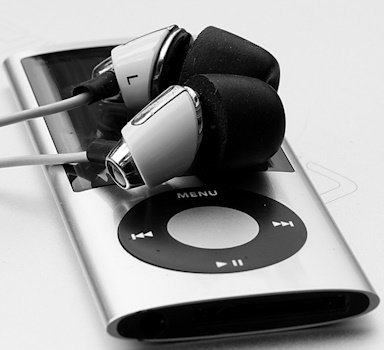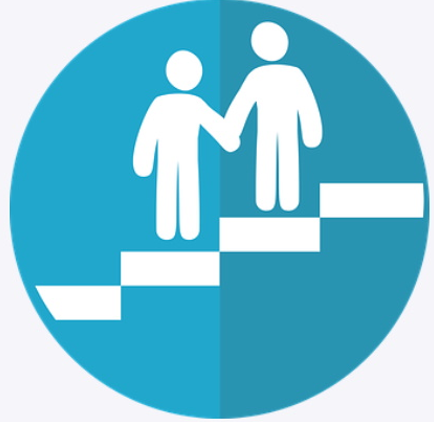How To Easily Get Super Synth Sounds That Actually Sound Professional

The above picture is from the super synth sounds of the Roland W30. A great synth- but mainly used for its sampler. You load in sounds then you could play them on the keyboard- more cheaply than some super expensive synths.
Either hardware or software, the synth has many different disguises, but it is still the same synth, whether you have bought something or got it freeware. However, which ever synth you have, it should be working for you at its peak potential, Now unfortunately it can not tell you directly how to make itself the grand daddy synth, so it is up to us to get Super Synth Sounds, and using these 5 top tips, we can:
Super Synth Sounds #1.
Do you really know your synth? Now I know a vast amount of songs that use the lovely preset sounds that come with the machine. Good, fair and well, however what if everyone used them? Your songs will start to appear samey...remember the TB303 squealchy overload in most dance tracks in the 90s? So once we have worked through the presets, could we actually make them better? This is something that we should do from day one...how to make something better. All synths come with some sort of manipulation techniques and even if they are really old, come with some sort of on-board effects. The best musicians and the musicians that have some vastly strange, but cool sounds, manipulate their sounds. Vince Clarke of Depeche Mode and Erasure fame even made his own sounds from scratch, always having one-offs. Mash up your presets, mangle them, see what you find and you will notice some really cool sounds coming from your ordinary synth.
NIN predominantly uses a Moog- especially Voyager and Mini. According to Trent, he knows the synth inside and out. Now, these are old machines (he has updated a few) but because knows how to effectively use them he can create any sound he likes. People wonder what these new sounds are, what are the machines NIN use? Old synths that have been studied and have had effects very heavily applied to them.

Super Synth Sounds #2.
Do you really know how to use you effects
section? The basic effects like reverb, phaser, chorus and Overdrive
should be routinely added to synth sounds or at least experimented with.
Try doubling up on effects, say overdrive with chorus, reverb and
phaser. And while on the subject, the bass and lead sounds always get
the effects, but why can't we add them to strings, or pianos etc? These
will create a new styled version of a classic sound. Filtering on the
other hand is always applied to the bass line or strings. Why not use it
on vocals, loops or anything that is different to the norm. You will
find new sounds and cool ones if you go against the grain and use
effects differently. If your synth hasn't got any good effects, get a
separate plug-in to compensate.
Super Synth Sounds #3.
Do you
find that some synth patches are, quite feeble? So how do we make them a
bit more buff, stronger and worthy to be in one of our tracks? If you
add more voices to the patch you will get that fuller sound. If your
synth has loads of oscillators you can turn them on one by one and then
check to see how that sound is effected. The more you detune these extra
oscillators, the more apparent they will be. A sub-oscillator is made
by turning a regular oscillator down an octave or two.
Super Synth Sounds #4.
If
you have done any sampling of sounds you will notice that they are
sometimes dirty. This means that they have other sounds in the
background, and you can actually clean them up. To clean them up a
little bit better you can apply a low-pass filter. This filter will
knock out any high frequency sounds, hopefully leaving you with your
low-end sound.
Super Synth Sounds #5.
Any synth and bass sound
will sound their best using monitor speakers. Using your laptop or
desktop speakers is setting you up for a fall. They will never, ever be
able to pick up all the frequency range that you need to make any track
or make that perfect synth sound. If you can not afford monitors a pair
of decent headphones will work in the short to mid term. What they can
also do is allow you to concentrate on an area of you work to see if it
is sitting right. They can be used to see how an effect has been applied
to a sound. But never trust your desktop speakers.
Check out more articles of computer music making here.
About. Updates. Disclaimer. Privacy. Mission/ Vision. FAQ. Newsletter.
Copyright © 2024- Jasonera.com All rights reserved




